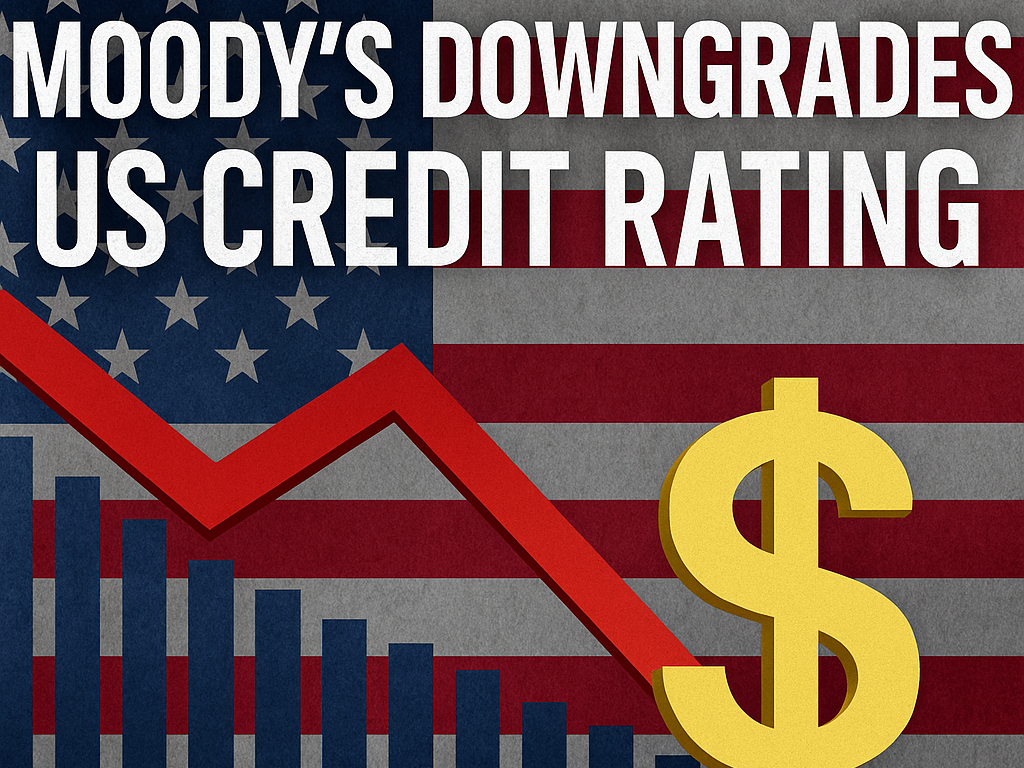
In a historic move that sent shockwaves through global markets, Moody’s downgraded the United States’ sovereign credit rating from its pristine ‘Aaa’ status on May 16, 2025, citing concerns over the nation’s ballooning $36 trillion debt. This unprecedented decision, the first in over a century, has far-reaching implications for the average American’s personal finances. As the economic landscape shifts, understanding how this downgrade affects your budget, savings, and borrowing costs is crucial for staying financially resilient.
The downgrade stems from growing unease about the U.S. government’s fiscal health, exacerbated by political gridlock over President Donald Trump’s proposed tax cuts, which were blocked due to insufficient spending reductions. This event signals a broader economic uncertainty that could ripple into everyday financial decisions. For the average American, the most immediate impact may be felt through rising borrowing costs. The downgrade increases the perceived risk of U.S. debt, which can push up interest rates on everything from mortgages to personal loans. As of May 2025, the average 30-year fixed mortgage rate already stands at 6.86%, and experts predict it could climb further if market confidence wanes. For a $300,000 mortgage, a 1% rate increase adds roughly $200 to monthly payments, straining household budgets.
Credit card holders are also at risk. With average credit card APRs already at a steep 21.91% as of February 2025, up 35% from 2020, any further rate hikes could deepen the debt burden for the 1 in 5 Americans with no emergency savings. The downgrade could also weaken the U.S. dollar, driving up the cost of imported goods like electronics, clothing, and fuel. This inflationary pressure hits lower- and middle-income households hardest, as they spend a larger share of their income on essentials. For example, Walmart shoppers are already bracing for price hikes due to tariff-related costs, and a weaker dollar could amplify these increases.
Savings accounts, a lifeline for many, may offer a silver lining—but only temporarily. High-yield savings accounts currently offer up to 4.40% APY, and money market accounts reach 4.41%. However, expected Federal Reserve rate cuts in 2025 could erode these yields. Savers should act quickly to lock in higher rates before they decline, as the downgrade may prompt investors to flee U.S. assets, further destabilizing markets. Financial planners emphasize the importance of an emergency fund, with Investopedia recommending $35,000—six months of expenses—for the typical household. Yet, with 42% of Americans under 30 “barely getting by,” according to a Harvard survey, building such a cushion feels out of reach for many.
The downgrade also complicates retirement planning. Social Security beneficiaries face ongoing challenges, with a recent policy shift reducing benefit clawbacks from 100% to 50% for overpayments. While this eases some pressure, losing half of one’s benefits can still be “devastating,” especially for retirees reliant on fixed incomes. Meanwhile, younger Americans, particularly Gen Z and millennials, are grappling with financial insecurity, with 39% of Gen Z reporting stress over finances. The downgrade could exacerbate this by tightening credit access, making it harder to manage student loans or save for milestones like homeownership.
To navigate this storm, Americans can take proactive steps. Prioritize paying down high-interest debt, as rates are unlikely to drop soon. Explore nonprofit credit counseling for debt management plans if needed. For savings, consider locking in high-yield accounts now. Finally, stay informed about policy changes, as political decisions will continue to shape the economic outlook.
While the downgrade signals turbulent times, it’s not a death knell for personal finances. By adapting to higher costs and securing savings, the average American can weather this economic shift with resilience.
